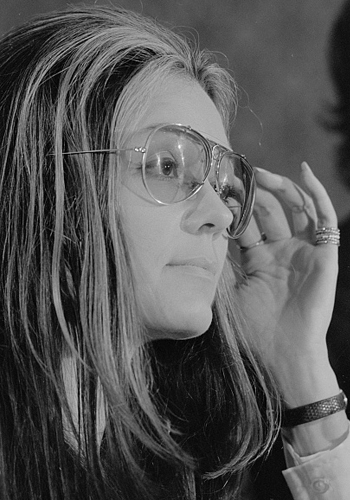Some suffragists were willing to risk their lives for the right to vote. In 1909, Alice Paul, a leader in the suffrage movement, described being force fed when she was arrested in Britain for protesting. A few years later, Paul went on to colead the largest single-day protest in American history on May 3, 1913. A significant mark on the parade’s leadership involved the debate over whether African American women would be permitted to march. Parade officials made it clear to organizers that they should be; however, African American women were still made to march at the back of their state delegations, something Ida B. Wells refused to do (she joined the front of Illinois’s delegation).
Directions
Read the article, using the magnifier tool to help you, and answer the questions below.
NAWSA Suffrage Scrapbooks, Dec. 9, 1909. Suffragist Alice Paul describes her disruption of Lord Mayor's banquet and subsequent force feeding after hunger strike in Holloway jail. She refused to wear prison clothes or to work, so spent the month in bed. Library of Congress
Questions
Annotate this Image
Nellie Quander, a member of the Alpha Kappa Alpha (AKA) sorority and a graduate of Howard University in 1912, wrote directly to Alice Paul, organizer of the 1913 Woman Suffrage Procession, about news that the parade’s organizers were segregating Black women and not encouraging them to march. Fears of losing the support of Southern white women suffragists kept leadership from welcoming Black women suffragists openly. (To learn more, read a letter by Alice Stone Blackwell to Alice Paul and a telegram from Anna Howard Shaw to Paul ordering her to stop discouraging Black participation.) Consequently, very little news coverage was given to the contributions of Black suffragists such as those from Howard University.
Directions: Examine the photograph of the sorority sisters below. The twenty-women who founded Delta Sigma Theta participated in the 1913 suffrage parade, and several of them are featured in the photograph below..
- What are your first impressions of the photograph?
- Nellie Quander of the Alpha Kappa Alpha Sorority of Howard University wrote to Alice Paul, stating: “There are a number of college women at Howard University who would like to participate in the woman suffrage procession . . . We do not wish to enter if we must meet with discrimination on account of race affiliation.” What does Quander’s letter say about the sorority sisters’ determination to march? Why was it difficult for progressive women like Paul not to see their own prejudices?
- Several Howard sorority sisters pictured here marched in the 1913 suffrage parade. If you were writing a news article about this group, what headline would you use and why?
- Why do you think the contributions of Black suffragists went under reported, even when Black journalists such as Ida B. Wells took part in the parades?
Download the notes to share with your class.
Source: Nineteen of the twenty-two founders of the Delta Sigma Theta Sorority at Howard University. Several women pictured here marched in the 1913 women’s suffrage parade in Washington, DC. Courtesy of Delta Sigma Theta Sorority, Inc
Use the toggle button above to switch to Magnify Mode. Magnify mode will help you see finer detail in the image.
Switch back to Annotate Mode to create your annotations with click and drag.

Your Annotations
Puzzler
Directions
Take a look at the different sections of the illustration one by one and answer the question that accompanies each section. At the end, you will see the completed image.
Source: Library of Congress

Cropped Image 1
What are the first three items you notice about the cartoon?

Cropped Image 2
Why do you think the man and the babies look distressed?

Cropped Image 3
What does the note say in the bottom right corner? At this point, what message is the artist sending with the cartoon?









